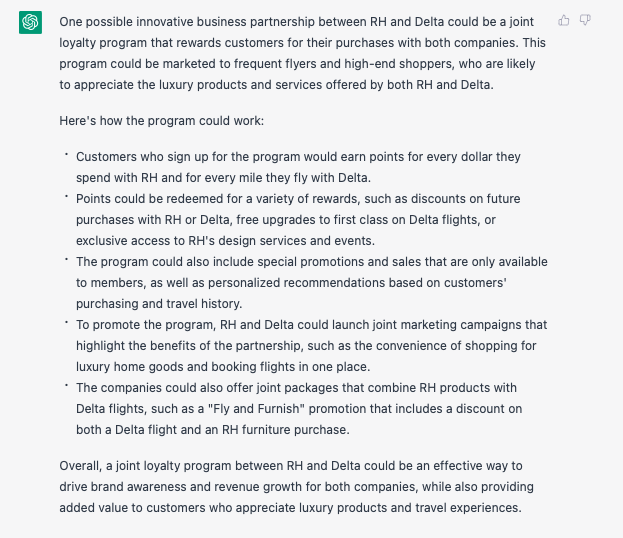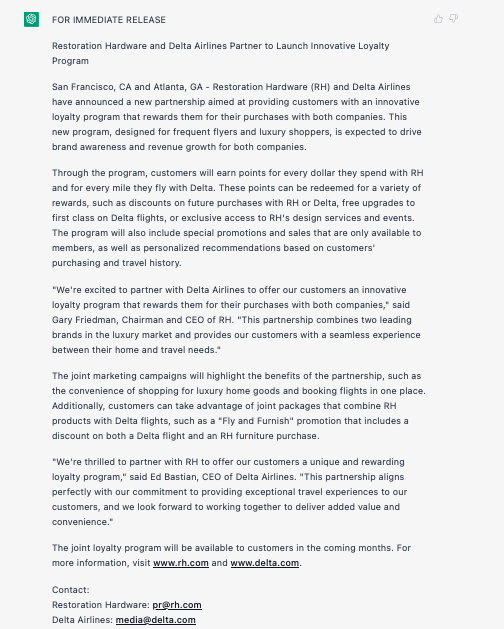One of the most difficult aspects of doing partnerships or business development regardless of industry or sector is clearly understanding why two parties should get “married.” In my experience building numerous JV’s/partnerships, one theme continues to resonate, and that is how do you construct a winning partnership where each side feels as if they have gotten equitable value. Oftentimes, initial discussions tend to be more tactical or acutely focused on a very specific asset that one side seeks access to, when the focus should be framing the outcome from inception. This entails being able to articulate clearly the ‘gives’ and ‘gets’ of a deal and not jumping right into the weeds. Jeff Bezos has said, at Amazon, before any work is done on a new partnership, the press release is written. This accomplishes a couple key things.
- It anchors all relevant stakeholders on what the ultimately end goal/vision is
- It helps to ensure that a partnership has not become too lopsided where value might be disproportionately spread to one party
I’ve written before on best practices for brands looking to build growth partnerships (here, and here). This post is not about mechanics. It’s about utilizing technology to help frame your conversations with potential partners and even possibly generate ideas. That technology is AI. In the last few months since OpenAI’s ChatGPT hit mainstream news, many folks in all aspects of business are considering the implications (and opportunities) to leverage this nascent tech. AI/ML has been a buzzword for years and it’s finally becoming entrenched in multiple applications. Even during my early days at Newell (circa 2013) we were leveraging ML with some of our kitchen appliances and home safety brands, but the tech has matured substantially since then.
I wanted to show how marketers or business development folks can utilize generative AI to help with partnerships. Imagine you lead marketing at RH (formerly Restoration Hardware) and you want to find ways to grow awareness of RH and reach more affluent customers without having to go out and buy expensive advertising in Architectural Digest. The legacy Airlines have done a great job over the years of building segmented cabins and premium experiences for wealthy customers and business travelers. So there might be something interesting to explore here.
This is the prompt I put into ChatGPT:

And here was the output in a matter of seconds:

I took it a step further and asked ChatGPT to write a press release announcing the partnership:

Response:

The above responses have all been completely fabricated using AI – this partnership between RH and Delta does not exist today. While the concept of leveraging loyalty programs is fairly obvious, the press release helps me visually see how each side benefits from the outcome and can be of tremendous value as you are selling your leadership team on the merits of a target partner.
ChatGPT, which is built on top of a family of large language models, has a myriad of implications beyond the example I shared here. It’s even been used to pass the Bar exam). But this is still early days for the tech as Google, etc roll out their equivalent. While this by no means can replace the creativity that dealmakers bring to partnerships, consider it a tool to help you become more productive and effective.
